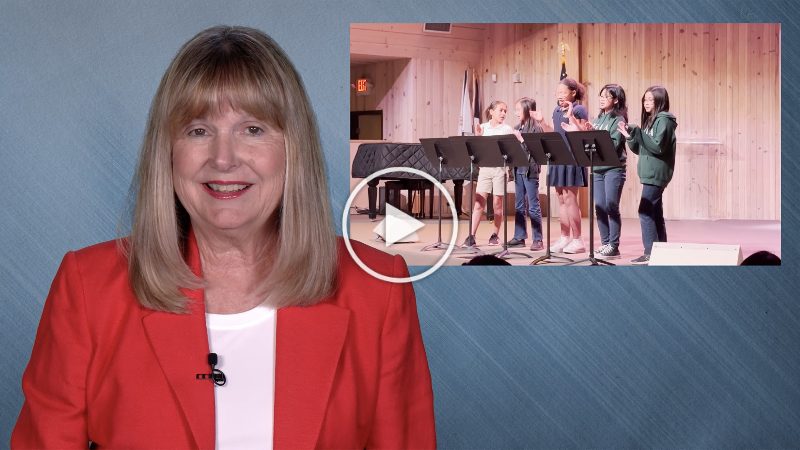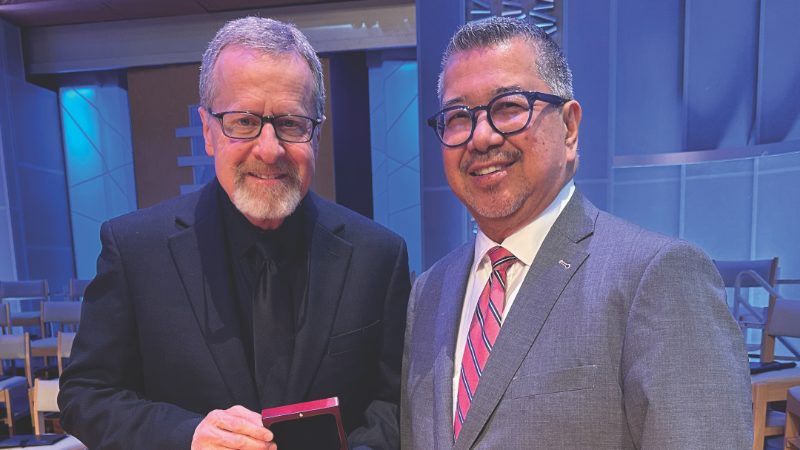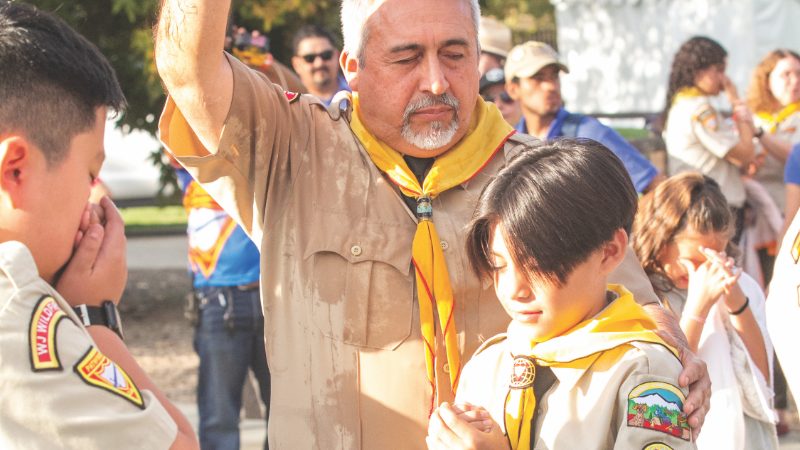In the Adventist education system, being a teacher provides fulfillment not only as an educator but as a spiritual guide. I always tell my students that prayer is a luxury. There are many schools where teachers and students cannot pray together.
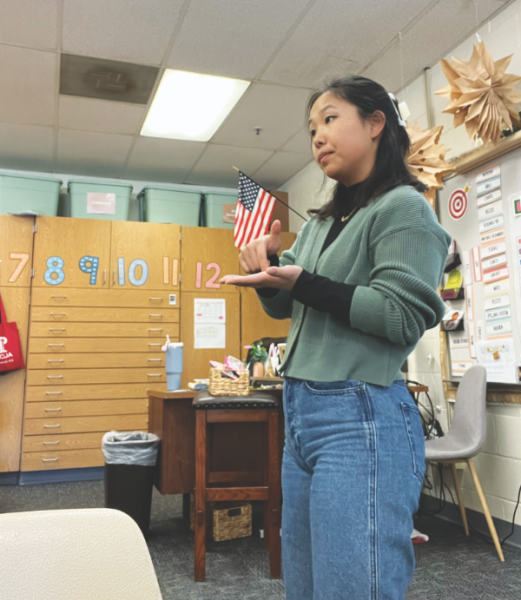
This month in our classroom, we have been going over ways to pray. One of my personal favorite ways to pray is inspired by Bob Goff in his book Love Does.1 Goff, a lawyer, introduces a powerful technique that extends beyond the courtroom and into the fabric of daily life. He insists on a strict rule for his clients when testifying on the witness stand: they must keep their hands open, palms up. This technique challenges our instinctive response to stress: fist-clenching, which is an attempt to retain control and pride. However, this only internalizes conflict. Living with "palms up" means surrendering to God, letting go of control, and trusting in His identity and authority.
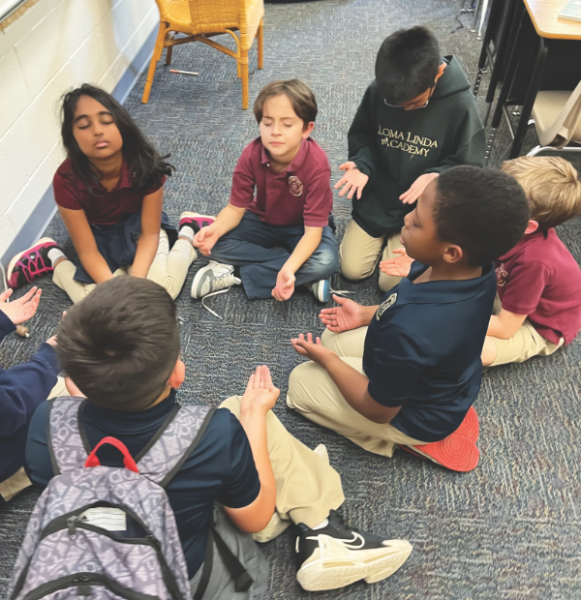
I shared this with my students as we started our prayer unit. I had students pick a corner of the room, sit down, take a deep breath, and pray silently with their palms up. I assumed they would pray for 20 to 30 seconds, but when I peeked my eyes open, I saw 28 fourth-grade students earnestly surrendering their burdens, praises, and requests with their eyes shut and palms up. When we wrapped up, we talked about how it feels vulnerable—and for many of us, our palms even feel a little tingly when we do this.
Lunchtime came around, and when we got ready for prayer, I said, “OK, let’s bow our heads for prayer.” While I waited for everyone to settle down, I saw the students close their eyes… with their palms up. It’s these moments where I remember my crucial role. Although I am the teacher, I am co-teaching with Christ himself— I am a vessel in His great plans to teach these kids about Him and His love.
Ever since, we have been praying palms up, and it is so beautiful to remember the impact we can have with just a quick five-minute activity. I may not fully comprehend how much this truly affects my students, but I am honored and joyously fulfilled to serve as a vessel for Christ, allowing Him to work through me every day.
____________________
By Evelyn Park Korompis
1 Bob Goff, Love Does: Discover a Secretly Incredible Life in an Ordinary World (Nashville, TN: Thomas Nelson, 2012).
Nuestros maestros: enseñar con Cristo
En el sistema educativo adventista, ser maestro proporciona satisfacción no solo como educador, sino también como guía espiritual. Siempre les digo a mis alumnos que la oración es un lujo. Hay muchas escuelas donde los maestros y los estudiantes no pueden orar juntos.
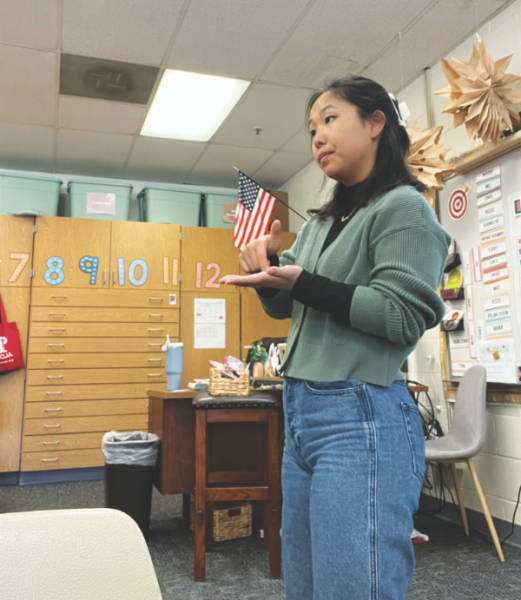
Este mes en nuestro salón de clases, hemos estado repasando formas de orar. Una de mis formas favoritas de orar está inspirada por Bob Goff en su libro Love Does.* Goff, un abogado, introduce una poderosa técnica que va más allá de la sala del tribunal y entra al tejido de la vida diaria. Insiste en una regla estricta para sus clientes cuando testifican en el estrado: deben mantener las manos abiertas, con las palmas hacia arriba. Esa técnica desafía nuestra reacción instintiva al estrés: apretar los puños, que es un intento por mantener el control y el orgullo. Sin embargo, eso solo internaliza el conflicto. Vivir con las «palmas hacia arriba» significa rendirse a Dios, soltar el control y confiar en su identidad y autoridad.
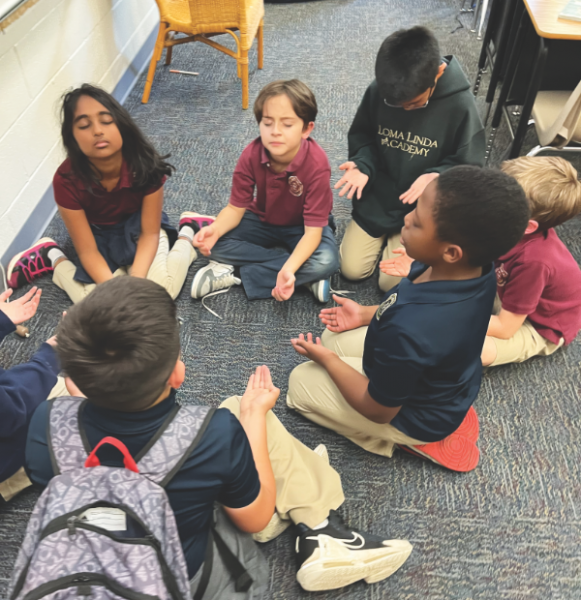
Lo compartí con mis estudiantes cuando comenzamos nuestra unidad de oración. Les pedí que eligiesen una esquina del aula, se sentasen, respirasen profundamente y orasen en silencio con las palmas de las manos hacia arriba. Supuse que orarían durante 20 o 30 segundos, pero cuando abrí los ojos, vi a 28 estudiantes de cuarto grado entregando con seriedad sus cargas, alabanzas y peticiones con los ojos cerrados y las palmas hacia arriba. Cuando terminamos, hablamos sobre cómo se siente ser vulnerable y para muchos de nosotros, nuestras palmas incluso sienten un poco de hormigueo cuando hacemos eso.
Llegó la hora del almuerzo y cuando nos preparamos para la oración, dije: «Muy bien, inclinemos el rostro para orar». Mientras esperaba a que todos se calmasen, vi a los estudiantes cerrar los ojos... con las palmas de las manos hacia arriba. Es en esos momentos en los que recuerdo mi papel crucial. Aunque soy la maestra, estoy co-enseñando con Cristo, soy un recipiente en sus grandes planes para enseñar a esos chicos acerca de él y su amor.
Desde entonces, hemos estado orando con las palmas hacia arriba y es tan hermoso recordar el impacto que podemos tener con solo una actividad rápida de cinco minutos. Puede que no se comprenda completamente cuánto afecta eso realmente a mis estudiantes, pero me siento honrada y gozosamente satisfecha de servir como un instrumento para Cristo, permitiéndole que obre a través de mí todos los días.
____________________
Por Evelyn Park Korompis
*Bob Goff, Love Does: Discover a Secretly Incredible Life in an Ordinary World (Nashville, TN: Thomas Nelson, 2012).

